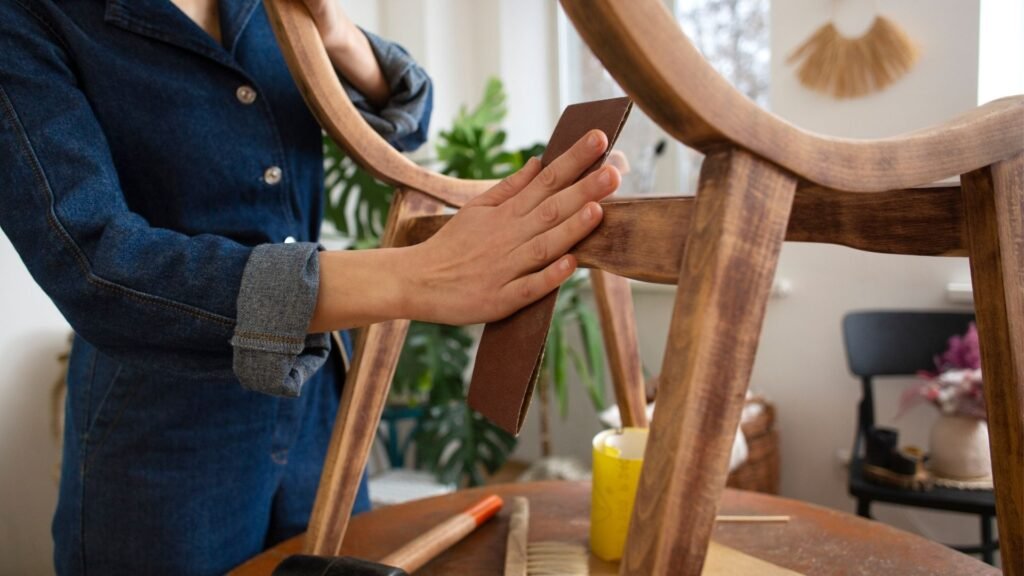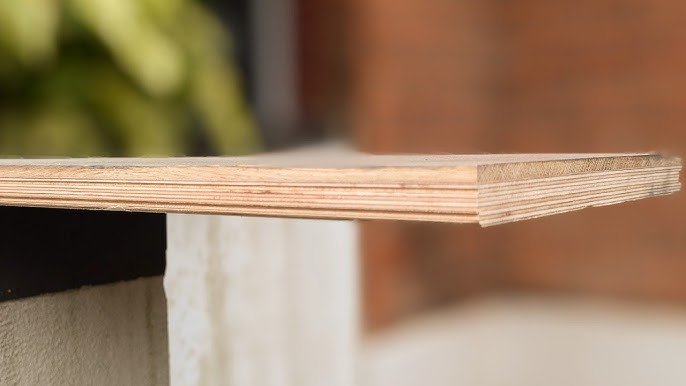
How to Identify Quality Wood
Choosing quality wood is essential whether you’re building furniture, crafting décor, or investing in flooring. High-quality wood not only looks better but lasts longer, resists damage, and improves the overall outcome of your project. Learning how to identify quality wood involves examining its grain, hardness, moisture content, and other factors that influence strength and appearance.This guide will help you develop a keen eye for spotting premium timber, ensuring your projects benefit from the best materials available.
Understanding Wood Types: Hardwoods vs. Softwoods
The first step in identifying quality wood is knowing the difference between hardwood and softwood. These categories aren’t about the literal hardness but rather the botanical classification.
- Hardwoods come from deciduous trees that lose their leaves annually. Examples include oak, maple, walnut, and cherry. Hardwoods generally offer greater durability, a more attractive grain, and higher density.
- Softwoods come from conifers, usually evergreen trees like pine, cedar, and fir. Softwoods grow faster, are lighter, and tend to be less expensive. While often softer and less dense, some softwoods like cedar have natural oils that resist decay.
Understanding these basics helps you select the right wood type for your needs, but quality goes beyond just classification.
Check the Wood Grain
Grain patterns provide clues about wood quality. Here’s what to look for:
- Straight grain is typically a sign of strong, stable wood that’s easier to work with. Straight grain also ages more evenly and looks cleaner.
- Tight grain (closely spaced growth rings) usually indicates slower growth and denser wood, which translates to durability. Woods like cherry and walnut often feature tight grain.
- Knots and irregular grain can add character but might weaken the wood if excessive. Small, tight knots are acceptable in some styles, but large or loose knots may cause problems later.
- Figure patterns like bird’s eye, flame, or quilted grain are decorative but don’t always indicate structural quality.
A consistent, clean grain pattern often signals a higher grade of wood.
Assess Hardness and Density
Hardness affects durability and how the wood will perform under stress. You can get a rough idea of hardness by:
- Pressing your fingernail lightly into the wood surface. If it dents easily, it may be a softer wood.
- Using a simple hardness scale, such as the Janka hardness test, can provide precise information. Oak, maple, and walnut rank high, while pine and cedar are softer.
- Heavier, denser woods often indicate quality, but very heavy wood can be harder to work with.
Knowing hardness helps determine if the wood suits your project’s functional demands.
Moisture Content Matters
Wood with too much moisture is prone to warping, cracking, or shrinking after installation. Quality wood is properly dried and has an optimal moisture content, generally between 6-8% for indoor furniture.
- Kiln-dried wood is dried in controlled conditions to achieve this balance, reducing the risk of defects.
- Air-dried wood is dried naturally but takes longer and may be less consistent.
You can check moisture with a moisture meter, or by observing:
- Warping or bending in planks
- Surface checking or cracking
- Mildew or mold presence
Avoid wood with these warning signs for better long-term performance.

Inspect for Defects and Damage
Quality wood should be free from major defects. Look carefully for:
- Splits or cracks that weaken the wood’s structure
- Insect damage such as tiny holes or tunnels
- Rot or decay indicated by softness or discoloration
- Warping, twisting, or cupping which affects stability and appearance
Some minor imperfections may be acceptable depending on your project and style preferences, but structural damage is a red flag.
Consider the Finish and Processing
Wood quality also depends on how well it’s processed and finished:
- Smooth, even surfaces with minimal sanding marks show attention to detail.
- Consistent coloration without blotches or stains indicates good handling.
- For furniture or flooring, good joinery and proper finishing improve durability and aesthetics.
Poor workmanship can undermine even the best timber.
Smell and Feel
Sometimes, your senses can provide clues:
- Fresh wood has a pleasant, natural scent. Musty or chemical odors may indicate treatment or poor storage.
- The texture should feel solid and smooth, not rough or powdery.
These subtle signs can help verify wood quality before purchase.
Summary Checklist to Identify Quality Wood
- Is the wood hardwood or softwood, and does it suit your needs?
- Does the grain appear straight, tight, and consistent?
- Is the wood hard and dense enough for your project?
- Has the wood been properly dried with no warping or cracking?
- Are there no major defects like splits, insect damage, or rot?
- Is the surface well finished and smooth?
- Does the wood have a fresh, natural smell and feel solid to touch?
Final Thoughts
Identifying quality wood involves a combination of knowledge, observation, and experience. By carefully examining grain patterns, hardness, moisture content, defects, and finishing, you can confidently select timber that will last and look beautiful. Investing time in choosing the right wood ensures your project’s success and brings years of satisfaction with your craftsmanship.




